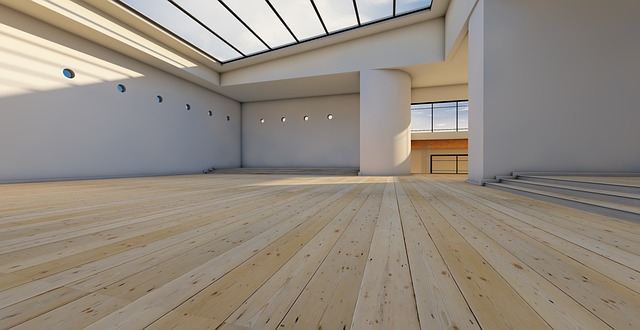Photometric rendering services, leveraging advanced photorealistic rendering techniques, revolutionize visual communication and energy-efficient design across architecture, construction, manufacturing, and product design. By simulating precise light-surface interactions, these services enable professionals to optimize lighting strategies, predict energy consumption, enhance aesthetics, and drive cost savings, ultimately fostering sustainable practices.
“Unleash the power of light with photometric rendering—a game-changing tool for lighting analysis and energy efficiency. This comprehensive guide explores how photorealistic rendering services transform digital spaces. We delve into the fundamentals, uncovering how this technology captures precise lighting conditions. From understanding complex algorithms to implementing real-world solutions, we navigate the path to optimal energy savings. Discover advanced techniques ensuring accurate results and learn from diverse applications, making photometric rendering an indispensable asset for architects, designers, and sustainability advocates.”
Understanding Photometric Rendering: A Basic Guide
Photometric rendering is a powerful tool in the field of lighting design and architectural visualization, offering a way to create highly realistic and accurate representations of light interactions within a space. This advanced technique goes beyond traditional 3D modeling by simulating how light behaves in a given environment, providing valuable insights for lighting analysis and energy efficiency assessments. By combining precise geometric data with detailed material properties and lighting models, photometric rendering services produce photorealistic images that mimic real-world lighting conditions.
This process involves calculating the interaction of light sources and surfaces to determine shadow patterns, reflections, and refractions, resulting in visually stunning and informative visualizations. Architects, engineers, and designers can use these renderings to optimize lighting strategies, experiment with different designs, and predict energy consumption. With its ability to capture intricate details and complex lighting effects, photometric rendering has become an indispensable method for visual communication and decision-making in various industries.
The Role of Lighting Analysis in Energy Efficiency
Lighting analysis plays a pivotal role in achieving energy efficiency through photometric rendering services. It involves detailed simulations to optimize light distribution and intensity, ensuring spaces are illuminated effectively while minimizing energy consumption. By understanding how light interacts with buildings and their occupants, professionals can make informed design decisions.
This process helps identify areas where natural light can be maximized for daytime illumination, reducing the reliance on artificial lighting. Advanced photorealistic rendering services enable visual representations of these scenarios, aiding in the assessment of different lighting strategies. Ultimately, precise lighting analysis contributes to well-designed spaces that are not only aesthetically pleasing but also environmentally sustainable and cost-effective.
Advanced Techniques for Accurate Results
In the pursuit of precise lighting analysis and enhanced energy efficiency, advanced techniques within photometric rendering services have emerged as powerful tools. These cutting-edge methods go beyond traditional rendering approaches by incorporating detailed light source data and material properties. Through complex algorithms, they simulate real-world lighting conditions, allowing for accurate predictions of how light interacts with a space’s elements.
One such technique involves global illumination, which bounces light between surfaces multiple times, ensuring every corner and shadow is accurately represented. Additionally, path tracing simulates the random paths of light rays, enhancing the photorealistic quality of rendered images. These advanced techniques not only deliver visually stunning results but also provide valuable insights for optimizing energy consumption in buildings, interior design, and urban planning.
Implementing Solutions: Real-World Applications
Implementing Solutions: Real-World Applications
Photometric rendering, powered by advanced photorealistic rendering services, offers tangible benefits in various industries beyond mere visual enhancement. In architecture and construction, it enables precise lighting analysis, allowing designers to optimize natural light utilization and select energy-efficient artificial lighting systems. This precision translates into significant cost savings and reduced environmental impact.
Similarly, in manufacturing and product design, photometric rendering helps simulate lighting conditions on prototypes or finished products, facilitating better visual appeal and functionality assessments. This process streamlines the design iteration process, reduces the need for costly physical prototypes, and ultimately contributes to enhanced product quality and market competitiveness.
Photometric rendering, with its ability to produce precise and photorealistic visualizations, plays a pivotal role in optimizing energy efficiency. By simulating light behavior within virtual environments, this advanced technique empowers architects, engineers, and designers to make informed decisions regarding lighting strategies. Through the integration of detailed geometric models and accurate light sources, photometric rendering enables the assessment of energy performance early in the design phase, leading to more sustainable and cost-effective solutions. As technology advances, these rendering services continue to refine the way we approach lighting analysis, ultimately contributing to a greener and more illuminated future.
